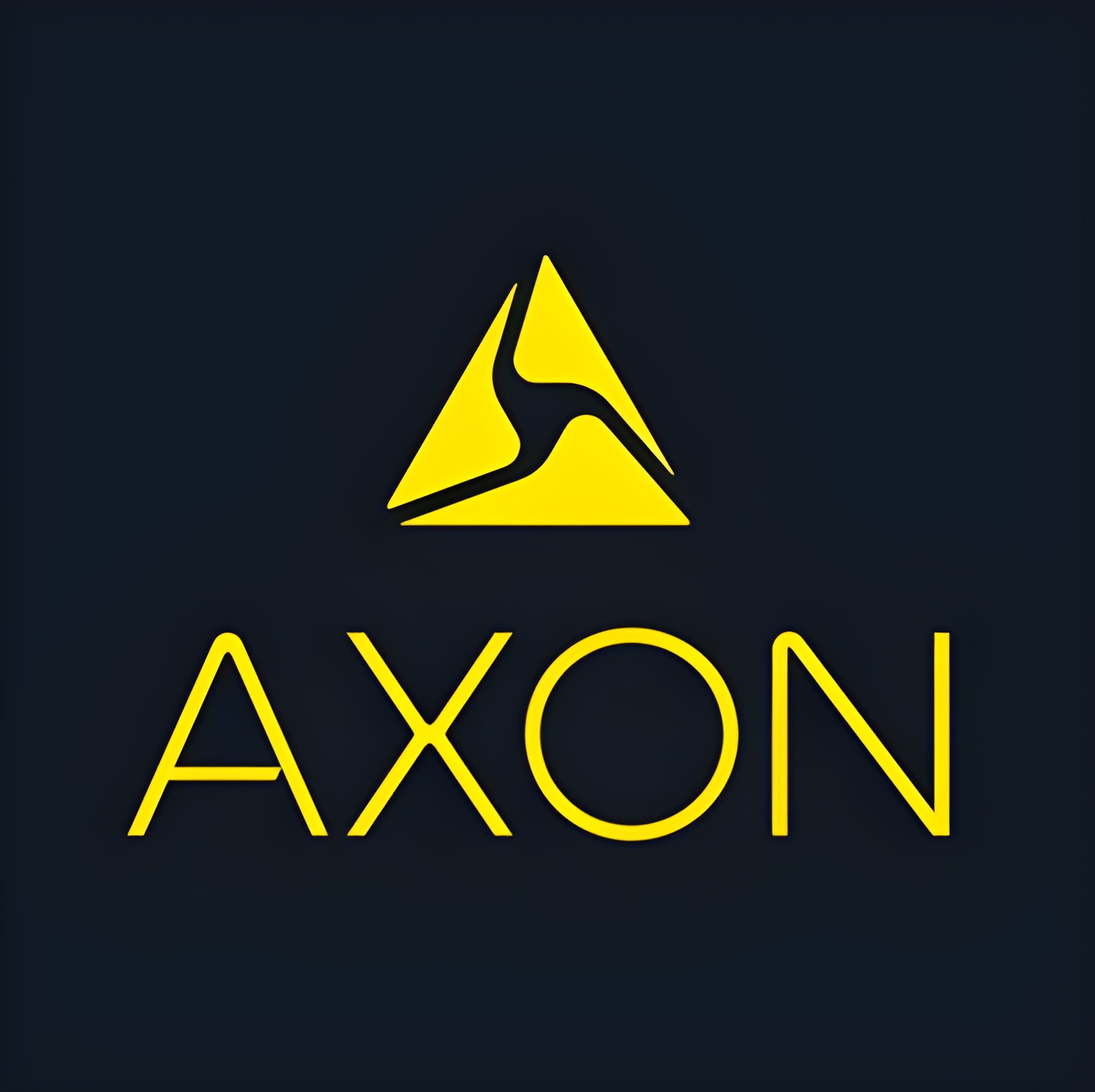
Lets get started finding your next job :]

Axon

Defense-Tech scaling.....
Website +1 800 978 2737 email
Job Openings +94
AI Review
Match CV
Trajectory
-
In Tallahassee, FloridaAccount Executive, Real Time Awareness
-
In Boston, MassachusettsAccount Executive, Real Time Awareness
-
In Sterling, VirginiaAccount Executive, Real Time Awareness
-
In Columbus, OhioAccount Executive, Real Time Awareness
-
In Frankfurt am Main, Dietz......Accountant
-
In Amsterdam, North HollandAccounting Manager
-
In Dietzenbach, HesseAccounting Manager
-
In Frankfurt am Main, HesseAccounting Manager
-
In München, BavariaAccounting Manager (Remote)
-
In Berlin,Accounting Manager (Remote)
-
In HamburgAccounting Manager (Remote)
-
In Kassel, HesseAccounting Manager*
-
In New York, New York,Commercial Operations Senior Analyst- Quoting
-
In Boston, Massachusetts,Commercial Operations Senior Analyst- Quoting
-
In Phoenix, Arizona,Commercial Operations Senior Analyst- Quoting
-
In San Francisco, Californi......Commercial Operations Senior Analyst- Quoting
-
In BrusselsControl Systems Engineer
-
In Atlanta, GeorgiaCustomer Implementation Manager - Enterprise
-
In New York, New YorkDeal Enablement Analyst
-
In Denver, Colorado,Deal Enablement Analyst
-
In Atlanta, GeorgiaDeal Enablement Analyst
-
In Seattle, WashingtonDeal Enablement Analyst
-
In Sterling, VirginiaDeal Enablement Analyst
-
In Boston, MassachusettsDeal Enablement Analyst
-
In WashingtonDirector of Accounting - Procurement & Operations
-
In Atlanta, GeorgiaDirector of Accounting - Procurement & Operations
-
In Scottsdale, ArizonaDirector of Accounting - Procurement & Operations
-
In New YorkDirector of Accounting - Procurement & Operations
-
In Sterling, VirginiaDirector of Accounting - Procurement & Operations*
-
In ColoradoDirector, Commercial & Revenue Controllership - New Ventures
-
In SofiaEmbedded Professional Services Engineer
-
In Belleville, OntarioEmbedded Technical Account Manager (Onsite)
-
In Barrie OntarioEmbedded Technical Account Manager (Onsite)
-
In Austin, Texas, Denver, C......Engagement Manager (West Region)
- Field Deployment Engineer, Professional Services
-
In Boston, MassachusettsFinancial Reporting Manager
-
In Seattle, Washington,Financial Reporting Manager*
-
In ArizonaGSOC Lead Security Officer
-
In Seattle, Washington.Implementation Engineer II, Fusus
-
In Sao PauloLATAM Business Controller
-
In ArizonaLead Security Officer
-
In Boston, MassachusettsLeadership Development Program
- Leadership Development Program
-
In ArizonaManager, Physical Security
-
In Scottsdale | ArizonaMechanical Engineer II
- Professional Services Engineer, Italy
-
In Scottsdale, ArizonaProfessional Services Manager - Enterprise
-
In Scottsdale, ArizonaSecurity Officer II (Onsite)
-
In Amsterdam, North HollandSenior Accountant, Germany
-
In BostonSenior Analyst, Strategy & Corporate Development
-
In New YorkSenior Analyst, Strategy & Corporate Development*
-
In San Francisco, Californi......Senior Analyst, Strategy & Corporate Development*
-
In Seattle, WashingtonSenior Analyst, Strategy & Corporate Development*
-
In ArizonaSenior Analyst, Strategy & Corporate Development*
-
In Seattle, WashingtonSenior Bid Strategist, Proposals
-
In Scottsdale, ArizonaSenior Bid Strategist, Proposals
-
In Boston, MassachusettsSenior Bid Strategist, Proposals
- Senior Data Platform Engineer
-
In Scottsdale | ArizonaSenior Integrations Developer
-
In Atlanta | GeorgiaSenior Integrations Developer *
Axon is headquatered at 17800 N 85th St, Scottsdale, Arizona 85255, United States